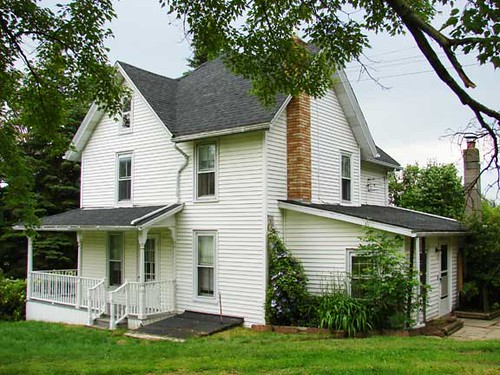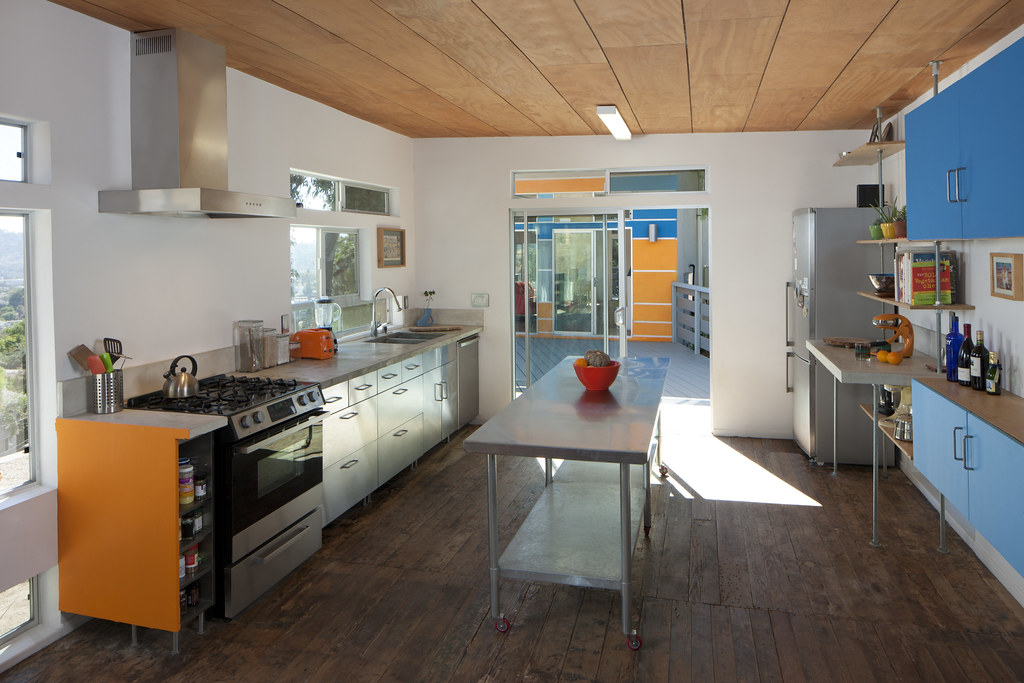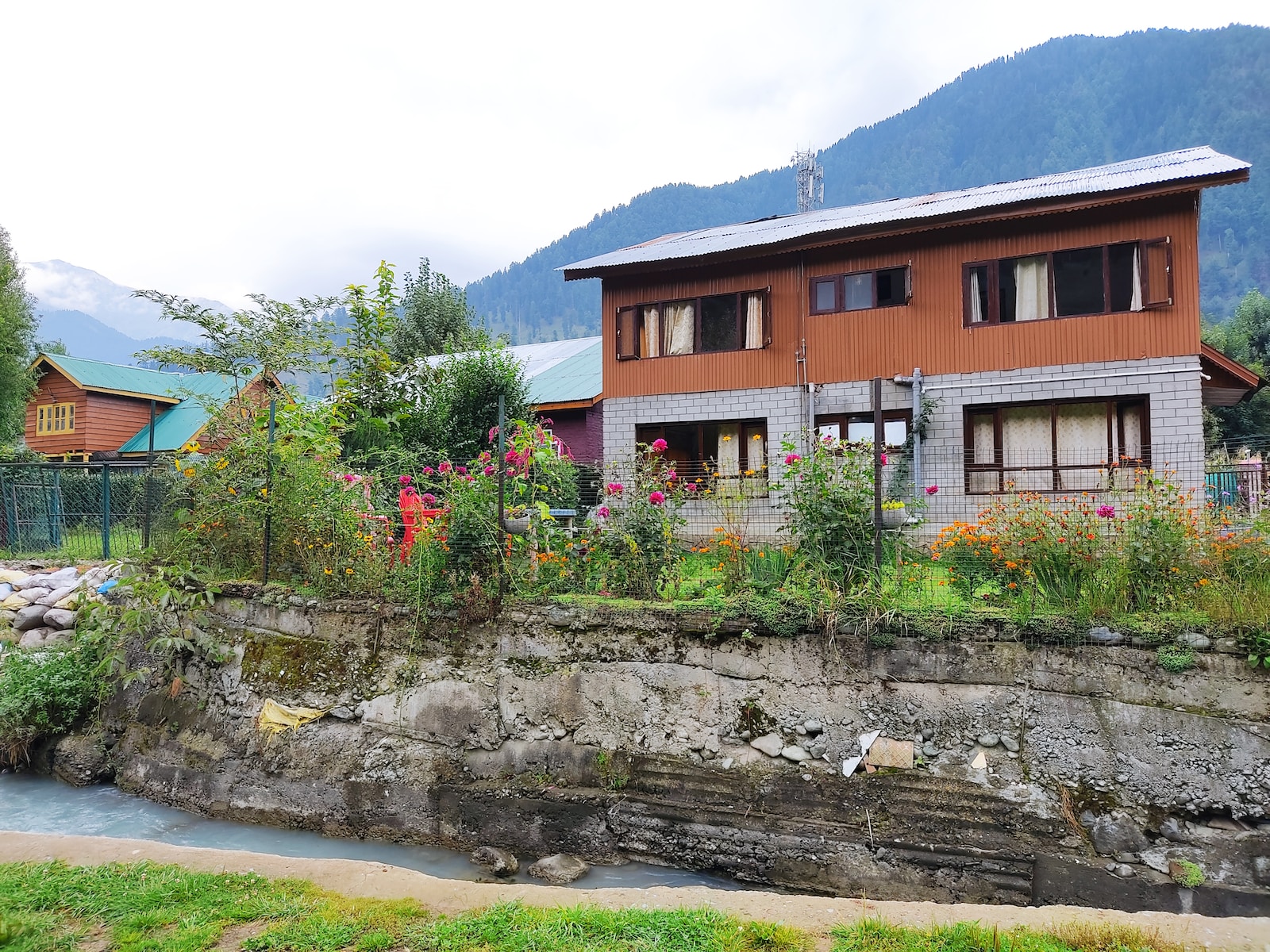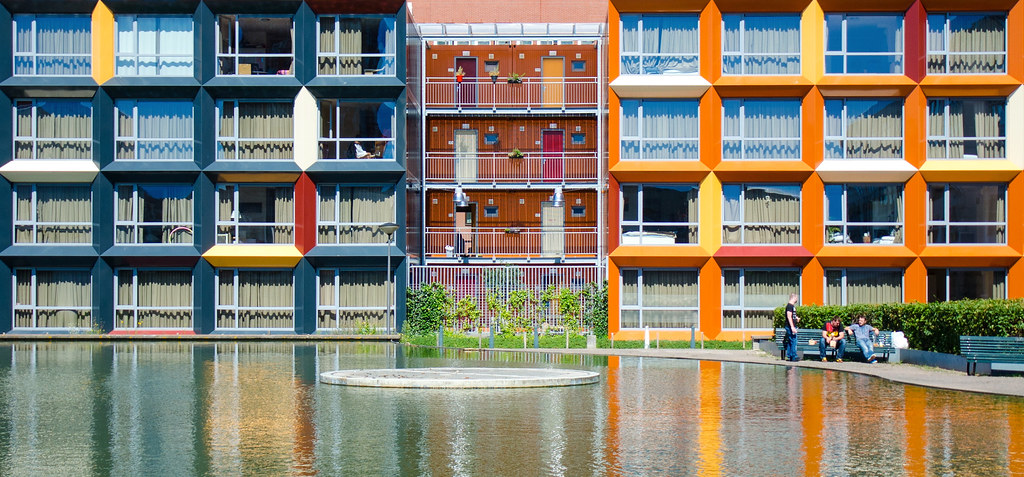Introduction
Greetings, fellow container home enthusiasts! I’m Emily Owens, and for the past four years, I’ve been diving headfirst into the world of container homes, exploring their quirks, challenges, and, of course, their incredible potential. Today, I’m excited to delve into a topic that often gets overlooked but is crucial for anyone considering container home living: international laws and regulations affecting these innovative dwellings.
Container homes have taken the world by storm, offering an eco-friendly, cost-effective, and aesthetically unique housing solution. However, before you embark on your container home adventure, it’s essential to understand the legal landscape that surrounds them. Different countries have varying rules and regulations regarding these alternative housing options, and being informed is key to a smooth journey.
The Universal Building Code (UBC)

While it may not be truly universal, the Universal Building Code (UBC) is a fantastic starting point for understanding the basics of container home construction. Developed by the International Code Council (ICC), the UBC offers a set of guidelines that many countries and states use as a foundation for their own building codes.
The UBC covers structural and safety aspects of construction, which means it’s essential for anyone thinking about converting shipping containers into homes. For instance, it provides guidelines on how to properly reinforce containers, insulate them, and ensure they meet safety standards.
Zoning and Land Use Regulations
One of the most significant challenges container home enthusiasts face is navigating zoning and land use regulations. These rules dictate where you can place your container home, how it should look, and what purposes it can serve.
In many countries, container homes are classified as “accessory dwelling units” (ADUs). ADUs are secondary housing units located on the same property as the main dwelling. Zoning regulations can vary from one area to another, so be sure to check with your local authorities to understand the specific rules in your region.
For instance, in some areas, container homes may be allowed in residential zones, while in others, they may only be permitted in industrial zones. Additionally, some places might have strict aesthetic requirements, such as specific siding or roofing materials, which can impact the exterior appearance of your container home.
Building Permits and Inspections

Building permits and inspections are a critical part of the container home journey. They ensure that your home complies with safety and construction standards set by your local government. Failing to obtain the necessary permits or meet inspection requirements can result in fines or even having to remove your container home.
To give you an example, let’s consider the United States, where building permits are typically issued at the county or municipal level. The requirements can vary widely, so it’s essential to do your research. Some areas may require a site plan, architectural drawings, and a detailed construction plan before issuing a permit.
Once construction begins, periodic inspections ensure that your container home is built to code. This may involve inspections at various stages, such as foundation, framing, electrical, plumbing, and final occupancy. Be prepared to work closely with local officials to ensure your container home meets all necessary criteria.
Accessibility and Building Codes
Accessibility is a critical aspect of building codes that often gets overlooked. Ensuring your container home is accessible to all individuals, regardless of their physical abilities, is not only ethical but also required by law in many countries.
Common accessibility requirements include wheelchair ramps, wider doorways, and accessible bathrooms. These standards are in place to ensure that everyone can enjoy the benefits of container home living without discrimination.
Building Codes and International Standards
If you’re considering a container home in a foreign country, it’s essential to understand that building codes and standards can vary significantly from one nation to another. Some countries may have strict regulations, while others may have more lenient approaches to container home construction.
For instance, countries like New Zealand have embraced container homes, with specific codes and guidelines in place to support their development. In contrast, other nations may not have specific regulations, leaving you to navigate the process more independently.
Conclusion
Container homes offer a unique and exciting housing solution, but they come with their fair share of legal complexities. Understanding the international laws and regulations that impact container homes is essential to ensure a smooth and trouble-free journey into this unconventional way of living.
Remember, the key to success is research and communication. Reach out to local authorities, consult with experts, and thoroughly understand the building codes and regulations in your area. By doing so, you can transform your container home dream into a reality while staying on the right side of the law.
Happy container home living, fellow adventurers! May your homes be safe, sustainable, and legally sound.





















Find Us on Socials